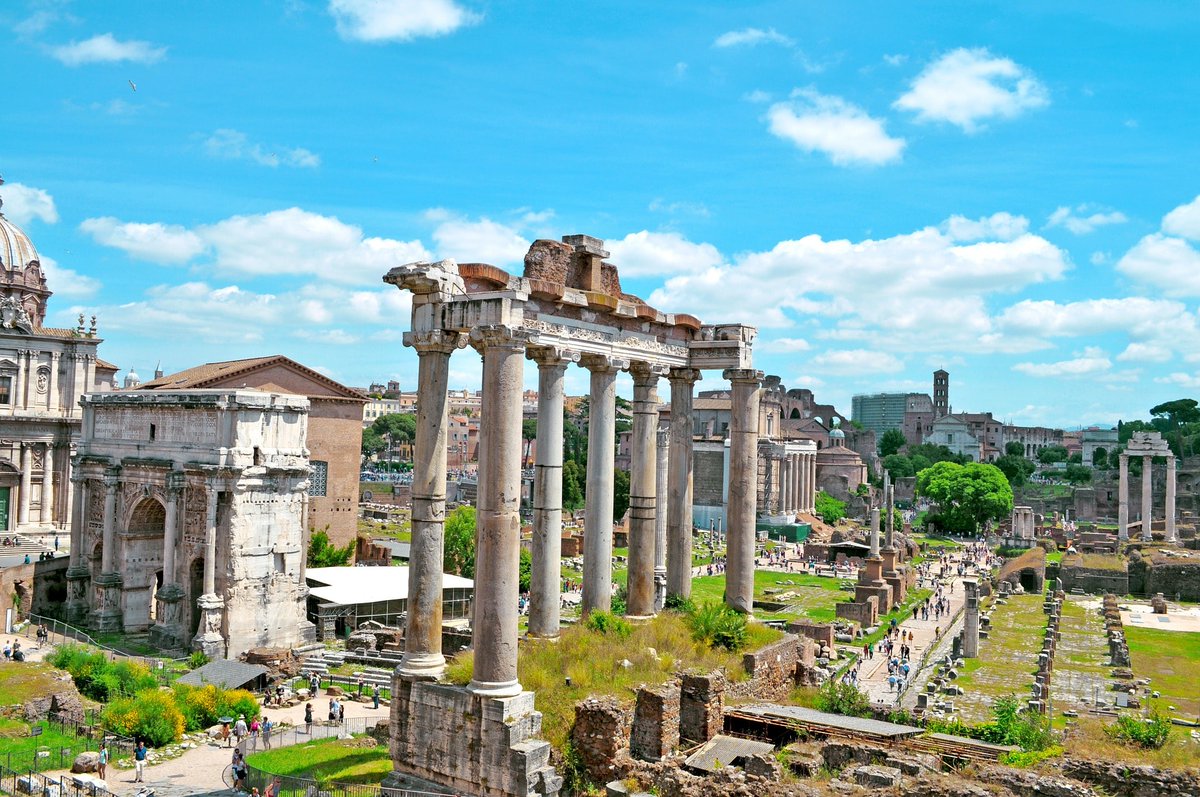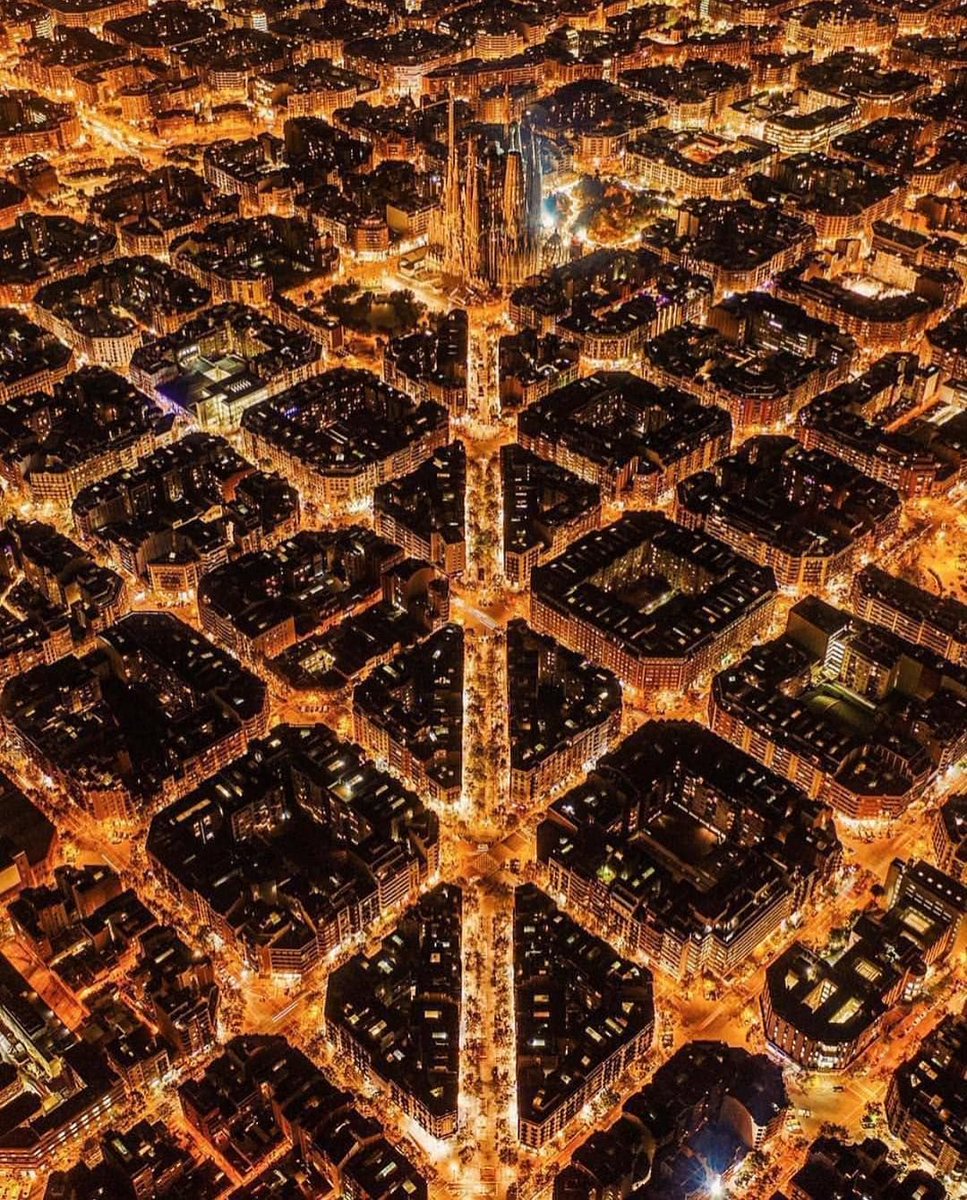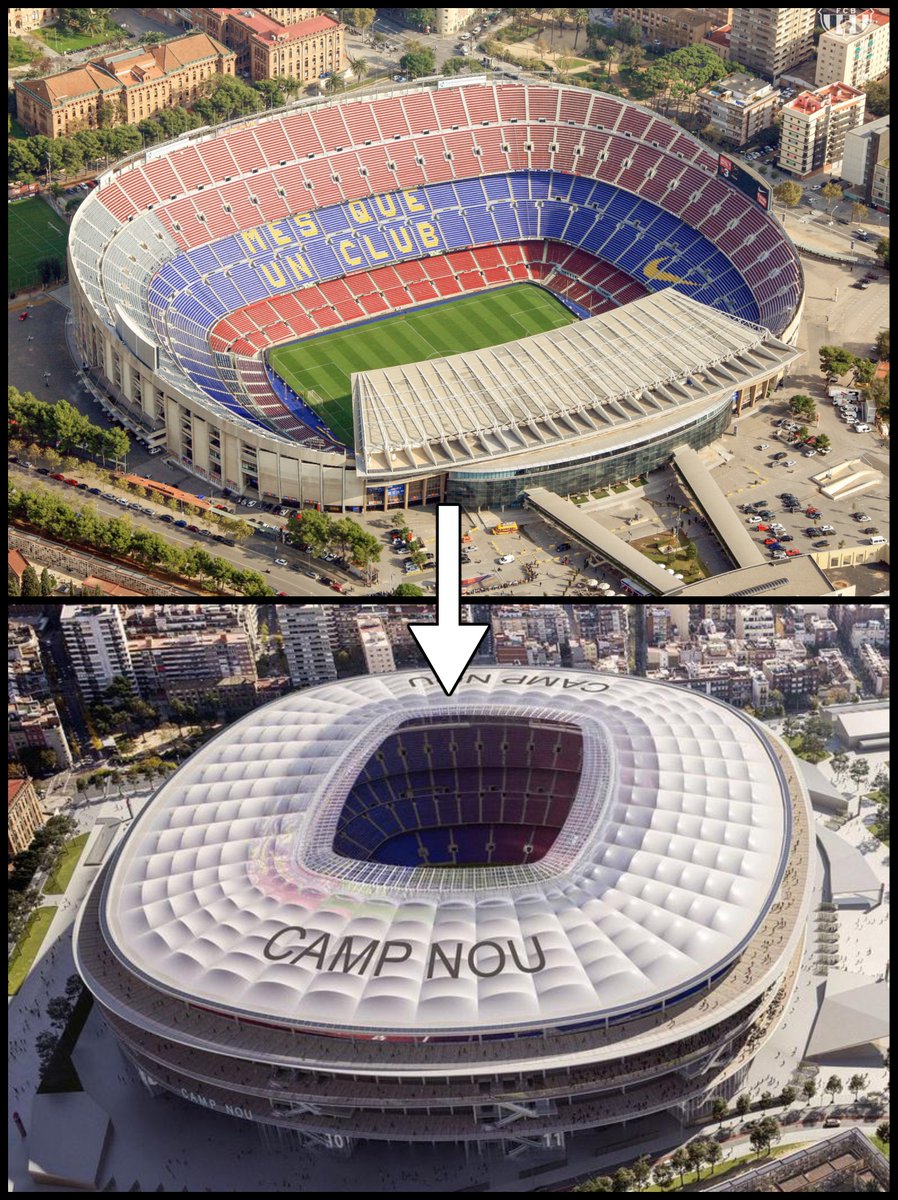Have you ever wondered why some cities are just so much nicer than others?
Well, it's probably because they have good "Third Places."
What is a Third Place? It's wherever you go when you're not at home or at work...
Well, it's probably because they have good "Third Places."
What is a Third Place? It's wherever you go when you're not at home or at work...

Where do we spend most of our time?
For adults it is either at home or at work (which are increasingly the same place) and for young people it is either at home or at school.
And... anywhere else?
For adults it is either at home or at work (which are increasingly the same place) and for young people it is either at home or at school.
And... anywhere else?
There is a well-known theory that divides the places we spend our time into three categories.
First Place: Home.
Second Place: Work.
Third Place: Just about anywhere else, from cafes and pubs to libraries and parks to churches and mosques.
First Place: Home.
Second Place: Work.
Third Place: Just about anywhere else, from cafes and pubs to libraries and parks to churches and mosques.
Perhaps the oldest and most important of all Third Places is the town square.
A large public space without any single purpose, often pedestrianised, filled with cafes and restaurants, perhaps a bandstand, and usually with historic architecture.
A large public space without any single purpose, often pedestrianised, filled with cafes and restaurants, perhaps a bandstand, and usually with historic architecture.

Why do tourists enjoy going to places like Rome, Paris, or Prague?
There are many reasons, of course, but beyond specific activities it can be quite hard to pin why exactly it is so enjoyable just being in these cities.
Until you pay attention to what people are doing...
There are many reasons, of course, but beyond specific activities it can be quite hard to pin why exactly it is so enjoyable just being in these cities.
Until you pay attention to what people are doing...
One thing tourists seem to enjoy almost more than anything else is simply sitting at a cafe in a charming old square of the sort they don't have in their own city.
They're not working, they're not at home, there's nice architecture, and there are no cars.
Simple as that.
They're not working, they're not at home, there's nice architecture, and there are no cars.
Simple as that.

And what are they actually doing?
Talking, laughing, drinking, soaking up the atmosphere, perhaps even meeting new people.
There is nothing ostensibly "productive" or "useful" about this; rather, we are doing what humans have always done and need to do: nothing in particular.
Talking, laughing, drinking, soaking up the atmosphere, perhaps even meeting new people.
There is nothing ostensibly "productive" or "useful" about this; rather, we are doing what humans have always done and need to do: nothing in particular.

This also breeds a sense of place and identity.
Immaterial qualities like charm and character, which so many cities sorely lack, can be created by simply giving people a pleasant public space to drink coffee and, well, just sit around.
Such squares are the real heart of a town.
Immaterial qualities like charm and character, which so many cities sorely lack, can be created by simply giving people a pleasant public space to drink coffee and, well, just sit around.
Such squares are the real heart of a town.

To find a cobbled alleyway, a winding side-street, a little square with a fountain and a few trees, to sit and enjoy a coffee or some breakfast, chatting harmlessly or zoning out entirely.
There are few simpler nor more delightful joys than this; tourists don't lie.
There are few simpler nor more delightful joys than this; tourists don't lie.

It's astonishing how much of a difference the place we get a coffee can make us feel.
And this is important, because not all Third Spaces are equal — some are better than others.
And this is important, because not all Third Spaces are equal — some are better than others.

Too many towns and cities lack a proper public square, or even the minor squares that give so many famous cities their distinctive charm and character.
Such urban design — of highways, car parks, and towers, without gathering spots — is essentially hostile to human nature.
Such urban design — of highways, car parks, and towers, without gathering spots — is essentially hostile to human nature.

But the benefits of public squares — of good Third Places — go far beyond happiness.
In some sense they are a central pillar of civilisation. For people to mix, get along, meet, talk, and build a shared sense of trust and identity is crucial for any civil society to flourish.
In some sense they are a central pillar of civilisation. For people to mix, get along, meet, talk, and build a shared sense of trust and identity is crucial for any civil society to flourish.

Public squares are freely available to everybody, on land owned neither by an individual nor a company but by the people — or, at least, by the government on their behalf.
This feeds into the idea that society is a shared endeavour, both its freedoms and its responsibilities.
This feeds into the idea that society is a shared endeavour, both its freedoms and its responsibilities.

It's no coincidence that in the birthplace of democracy — Ancient Greece — the agora, or public square, was also the centre of civic life.
In the same way that the forum was an indispensible part of any Roman city.
In the same way that the forum was an indispensible part of any Roman city.

And what do the people do when they are either very happy or extremely unhappy?
They gather in large numbers, as they always have down the centuries, in a large public space.
Many now-peaceful town squares have known protest, revolt, rebellion, and celebration.
They gather in large numbers, as they always have down the centuries, in a large public space.
Many now-peaceful town squares have known protest, revolt, rebellion, and celebration.

So, why don't all cities have good Third Places?
It is at least partly because of changing ideas and priorities regarding urban design and architecture.
Cars have allowed us to build cities in a different way, such that they are far more spread out and atomised now.
It is at least partly because of changing ideas and priorities regarding urban design and architecture.
Cars have allowed us to build cities in a different way, such that they are far more spread out and atomised now.

And it is also true that they aren't necessarily easy to create — or, rather, that they are easy to destroy.
If a government or council removes benches and trees, forbids outside seating, and other such ostensibly minor things, a public square can be drained of its vitality.
If a government or council removes benches and trees, forbids outside seating, and other such ostensibly minor things, a public square can be drained of its vitality.

And, from another point of view, certain economic or political systems are inclined to direct people away from Third Places.
Better to be working or consuming than doing nothing of real economic value — or, even worse, getting together and coming up with new political ideas.
Better to be working or consuming than doing nothing of real economic value — or, even worse, getting together and coming up with new political ideas.

To some extent Third Places have been supplanted by the internet.
Whereas once upon a time people socialised in market squares, the Greek agora, the Roman forum, coffee houses, tea houses, taverns, and cafes, we now spend our time in digital Third Spaces.
Whereas once upon a time people socialised in market squares, the Greek agora, the Roman forum, coffee houses, tea houses, taverns, and cafes, we now spend our time in digital Third Spaces.
And these have, of course, had immense benefits.
We no longer just make friends or talk to people who live in the same town — we socialise and form communities globally.
This is, surely, a very good thing, and one of the most significant consequences of the internet.
We no longer just make friends or talk to people who live in the same town — we socialise and form communities globally.
This is, surely, a very good thing, and one of the most significant consequences of the internet.
Yet there remains a major and irreconcilable difference between physical and online spaces.
And the replacement of Third Places by the internet has not been always been a result of preference but the inability of small businesses to compete with multinational corporations.
And the replacement of Third Places by the internet has not been always been a result of preference but the inability of small businesses to compete with multinational corporations.

Perhaps we need Third Spaces, and good ones, more than ever before.
This is at least one solution to the old problem of how we build beautiful cities — and a fairly simple one at that.
People aren't hard to please; give them a nice square and they'll be much happier...
This is at least one solution to the old problem of how we build beautiful cities — and a fairly simple one at that.
People aren't hard to please; give them a nice square and they'll be much happier...

So the next time you visit a city and wonder why it "just feels so nice"...
Take a look around and you'll probably notice it has plenty of good Third Places, usually in the form of vibrant public squares with nice architecture and charming streets lined with cafes and shops.


Take a look around and you'll probably notice it has plenty of good Third Places, usually in the form of vibrant public squares with nice architecture and charming streets lined with cafes and shops.


• • •
Missing some Tweet in this thread? You can try to
force a refresh





















